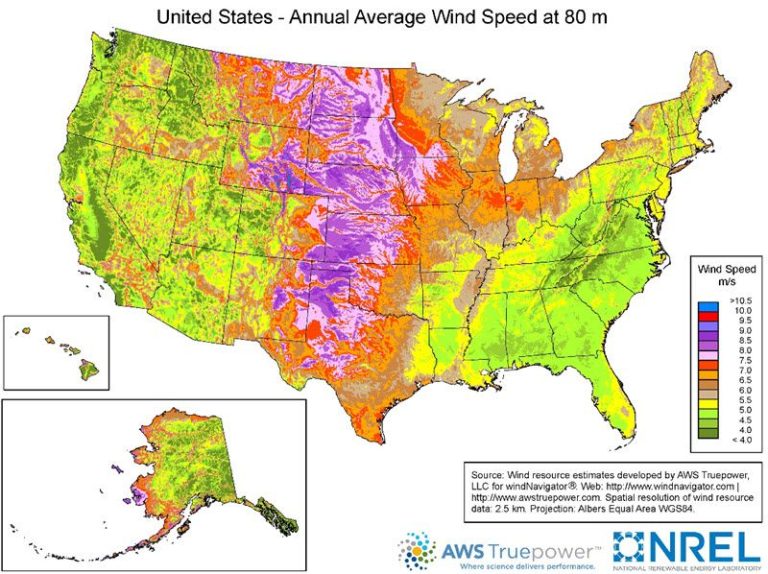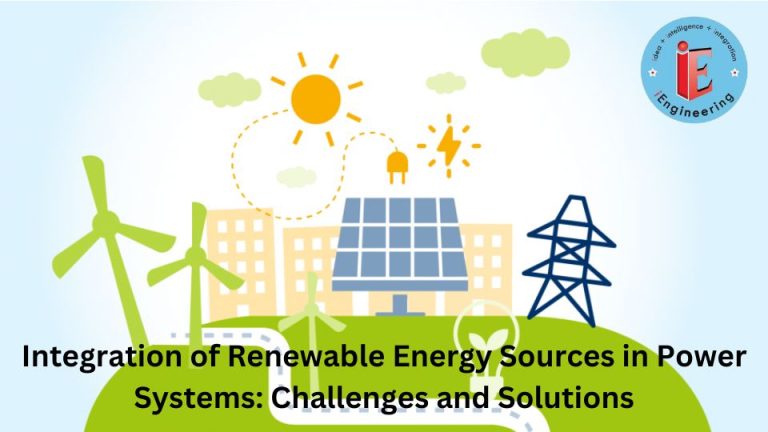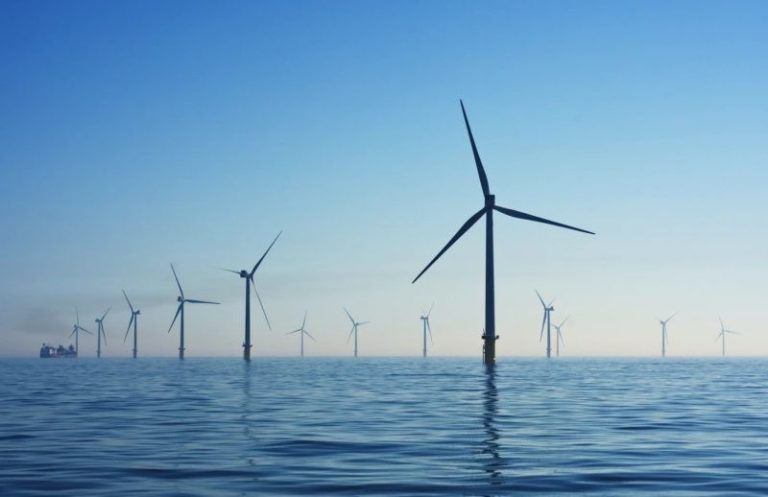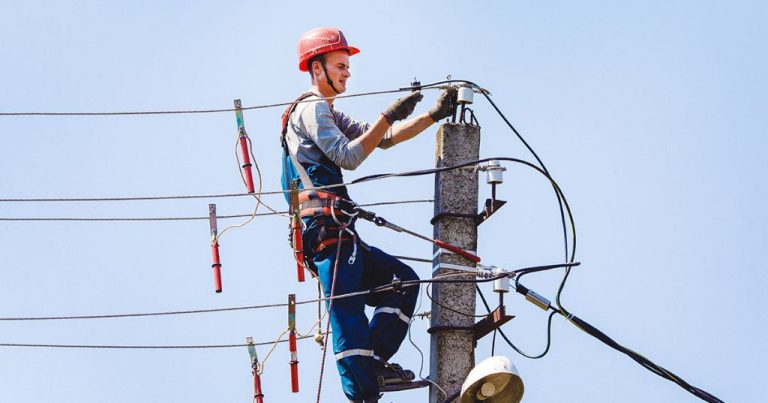What Makes Wind Turbines Go Faster?
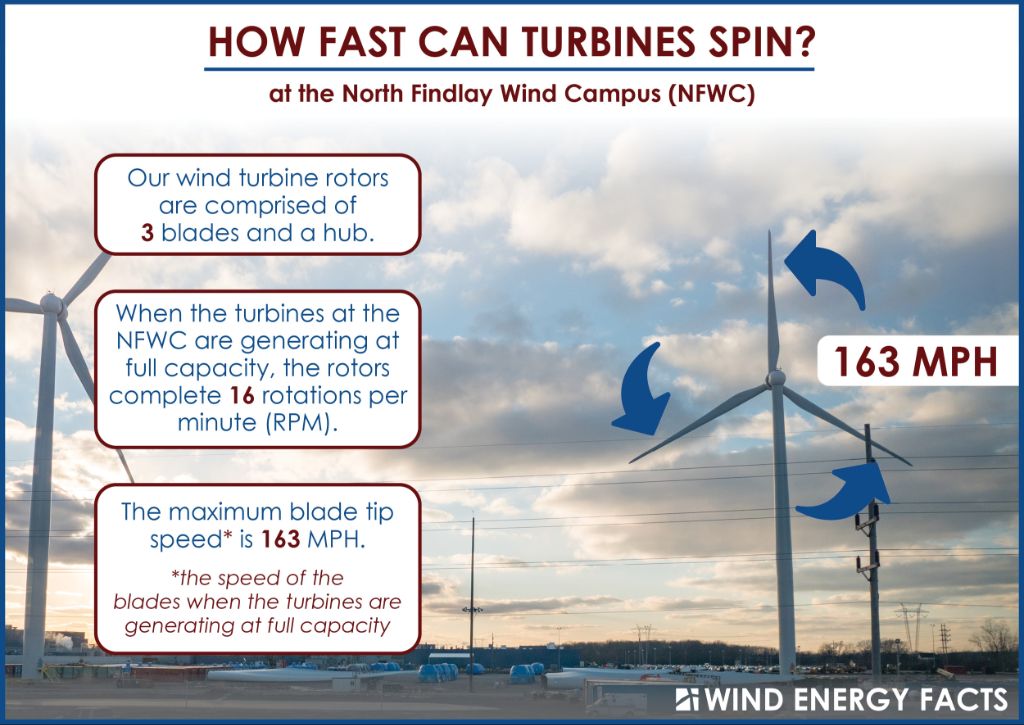
Wind turbines are machines that convert the kinetic energy of wind into electrical energy. They consist of blades attached to a rotor, a nacelle housing mechanical components, and a tower supporting the structure (Source). The speed at which the blades spin is crucial for generating electricity efficiently. Faster blade rotation allows the turbine to capture more wind energy and convert it into increased electric power output. There are several factors that determine how fast wind turbines spin, including blade design, tower height, wind speed, gearbox and generator efficiency, yaw system, and braking mechanisms. Proper maintenance also helps wind turbines achieve optimal rotational speeds. This article explores the key elements that enable wind turbines to spin faster and generate more renewable electricity.
Blade Design
The design of wind turbine blades is crucial for optimizing energy production. Modern wind turbine blades are carefully engineered and constructed with aerodynamic principles in mind.
Blade length affects energy capture. Longer blades can harvest more wind energy, but they also add weight and cost. Most utility-scale wind turbines have blades around 40-60 meters long (Wind turbine design).
The blades are not flat but instead curved to optimize aerodynamic efficiency. A cross-section of a blade shows an airfoil shape, like an airplane wing. The curved surface increases lift and drag forces that cause the rotor to spin faster (Wind Turbine Blade Design).
The twist of the blades also impacts performance. Most blades are twisted 10-20 degrees from root to tip to account for differences in relative wind speed, helping extract more energy.
Blades are commonly made of fiberglass reinforced plastics, carbon fibers, wood-epoxy composites, or metals like aluminum. The material affects the weight, strength, and cost of the blades.
The thickness and texture of the blade surfaces are designed to minimize drag and maximize efficiency. Smoother surfaces and edge rounding reduce drag. Special coatings also protect the blades from erosion and wear.
Tower Height
Higher towers are able to access faster winds, which increases the wind turbine’s power production. According to the U.S. Department of Energy, the average tower height for modern utility-scale wind turbines is around 100 meters (329 feet) [1]. Taller towers of 140 meters or more are preferred in areas with moderate wind speeds, as they can boost annual energy production by anywhere from 5% to 15% compared to shorter towers [2]. The tallest wind turbine towers today reach heights of around 160 meters.
This increase in height over the years allows turbines to access faster wind speeds at higher elevations. Wind speeds typically increase with height above ground. According to wind profile power laws, doubling the tower height increases expected wind speeds by 10% to 15%. This cubic relationship between wind speed and power means that a 10% increase in wind speed can boost power output by over 30%.
Wind Speed
The rotational speed of a wind turbine is directly proportional to the wind speed. This means that as wind speed increases, the turbine blades spin faster and generate more power. Typically, wind turbines start operating at wind speeds around 8 to 16 mph (3.6 to 7.2 m/s). The turbine reaches its rated power around wind speeds of 25 to 35 mph (11 to 15.7 m/s). At very high wind speeds above 45 to 55 mph (20 to 25 m/s), the turbine will shut down to avoid damage 1.
The specific wind speed ranges depend on the turbine design, size, height, and other factors. But in general, faster wind speeds result in faster blade rotation and more electricity generation. Modern wind turbines are designed to optimize power output across a range of wind speeds. The turbine blades can pitch or turn to control rotational speed and maximize efficiency as wind speed changes. Proper turbine siting to take advantage of strong, steady winds is crucial for maximizing wind power generation.
Gearbox
The gearbox in a wind turbine serves a vital function – it steps up the rotation from the relatively slow rotor speed to the higher speed required by the generator to produce electricity efficiently. Most wind turbines operate at between 10-20 rpm at the rotor. However, most generators require speeds of around 1000-1500 rpm to generate electricity effectively (Source).
The gearbox uses a series of planetary gears and shafts to increase the rotational speed around 100 times. The exact gear ratio depends on the design of the turbine. Without a gearbox to increase the speed, the generator would not be able to produce electricity until the rotor reached very high speeds. The gearbox enables the turbine to start generating at lower wind speeds.
Generator
The generator is the component that converts the rotational kinetic energy from the spinning rotor into electrical energy. It consists of coils of copper wire surrounded by magnets. As the rotor spins, it causes the magnets to move past the coils, which induces an electric current in the coils due to electromagnetic induction. This alternating current is fed into the turbine’s electrical system and then to the grid for distribution (source).
The generator design and magnetic fields are optimized to produce electricity at the speed the rotor is spinning. Faster rotor speeds enable the generator to produce more electricity. Modern wind turbine designs utilize permanent magnet generators that are very efficient at converting high rotor speeds into electrical output (source).
Yaw System
The yaw system is a critical component for maximizing wind turbine efficiency. Its purpose is to orient the turbine rotor towards the wind. The yaw system utilizes sensors to detect wind direction and computerized controls to turn the rotor accordingly.
According to research from an IEEE conference paper, “A yaw system for rapid power regulation requires high yaw speeds as the decrease in power production in relation to the yaw error is small” (Yaw Systems for wind turbines). Keeping the turbine pointed into the wind ensures optimal energy capture.
Yaw drives, powered by electric motors, rotate the nacelle and rotor. The drives consist of bull gears, pinion gears, and motors. Yaw brakes can also lock the nacelle in place as needed. Control systems receive input on wind direction and calculate the yaw motion required. With precise orientation, the blades can extract the maximum amount of energy from the wind.
Braking System
When wind speeds get too high, the braking system engages to slow down the turbine to prevent overspeeding and damage. Wind turbines have automated brakes that activate when wind speeds exceed 25-30 mph. According to a study, the torque of a generator is directly proportional to speed. So as speed increases with high winds, the braking system applies resistance to counteract that torque and reduce rotation speed. There are a few types of braking systems:
- Aerodynamic brakes – These work like airplane flaps to reduce lift. They change the angle of the blade to reduce rotational speed.
- Mechanical brakes – These physically clamp onto the shaft to stop it from spinning.
- Electrical brakes – These short-circuit the generator which creates resistance and slowing torque.
Properly designed braking systems are critical to prevent catastrophic overspeed events. They help turbines safely operate at higher wind speeds.
Maintenance
Regular maintenance is crucial for keeping wind turbines in optimum condition and ensuring they operate efficiently. According to the Department of Energy, wind turbines generally require preventative maintenance check-ups two or three times per year (source). The frequency of these check-ups may need to increase as the turbine ages.
Maintenance visits involve inspecting all components of the turbine for any signs of wear or potential failure. Technicians will check and lubricate the gearbox, generator, yaw system, blades, brakes, tower, and electrical connections. They inspect for corrosion, cracking, misalignment, and loose bolts that could cause problems. Any minor repairs or part replacements can be done during maintenance to avoid larger failures (source).
If more significant repairs are needed, the turbine may need to be shut down. Proper maintenance maximizes uptime and ensures the wind turbine operates efficiently to generate power for its full lifespan.
Conclusion
In summary, there are several key factors that determine how fast a wind turbine’s blades spin to generate electricity:
- Blade design – Longer, lightweight blades can capture more wind energy.
- Tower height – Taller towers access faster wind speeds farther from the ground.
- Wind speed – Faster incoming winds means the blades spin faster.
- Gearbox – Steps up the rotor’s slow rotation to spin the generator faster.
- Generator – Converts the mechanical energy into electrical energy.
- Yaw system – Orients blades into the wind.
- Braking system – Regulates speed in high winds.
- Maintenance – Ensures components are in good working order.
Optimizing each of these components contributes to getting maximum power output from a wind turbine.

